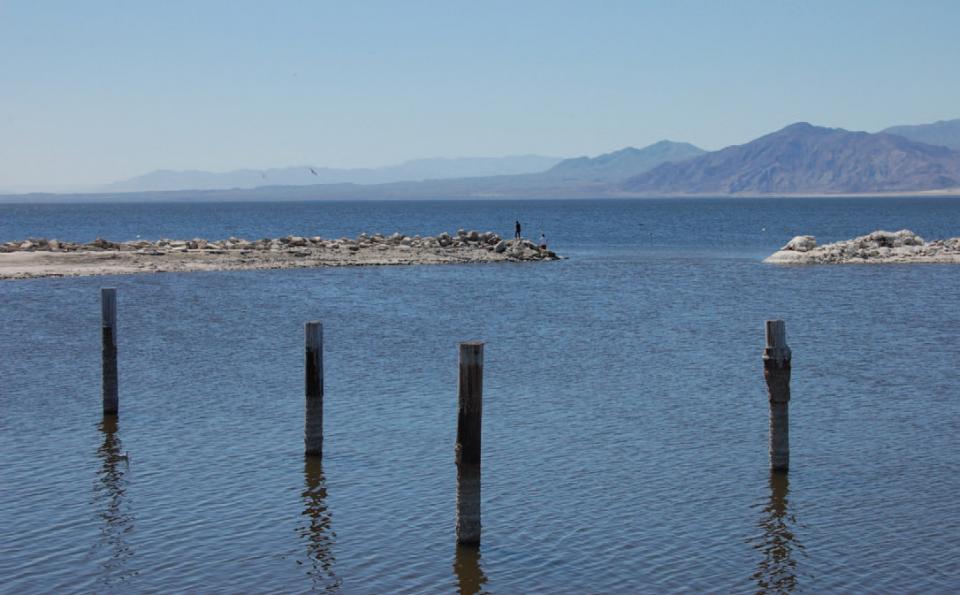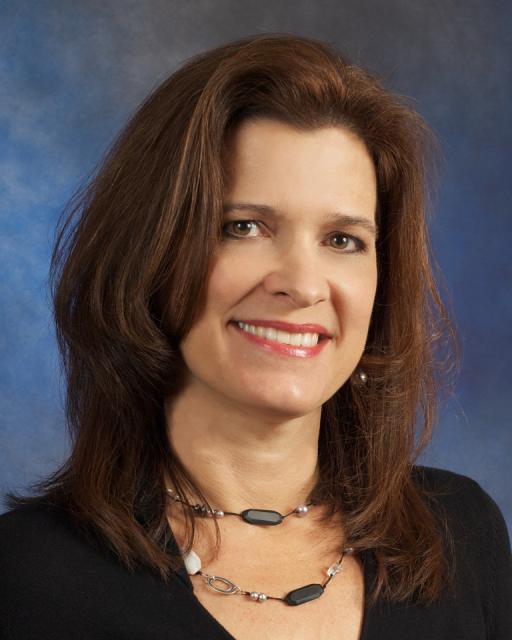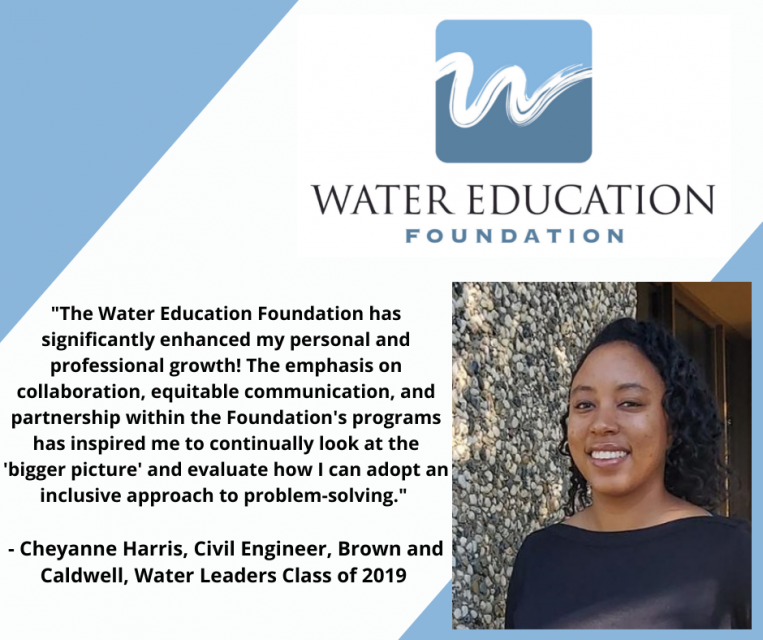Water Leaders – Where are they now?
Tina Shields, Water Manager, Imperial Irrigation District
Class Year: 2001
Class Research Project: Water Use Efficiency
What was your job when you were a Water Leader?
Senior Engineer, IID’s Resources Planning & Management Section
What are you doing now?
I help manage the district’s water department, consisting of more than 450 dedicated staff focused on managing and delivering IID’s annual 3.1 million acre-feet Colorado River entitlement to our largely agricultural customer base in southeastern California.
My primary focus is on the development of resource management programs and policies authorization by IID’s board of directors, and implementing the nation’s largest agricultural-to-urban water transfer program that is now generating approximately 500,000 acre-feet of conserved water each year.
What is the most pressing water issue that you are dealing with?
The 2003 Quantification Settlement Agreement (QSA) and the Salton Sea. The QSA enables water transfer between IID and San Diego County Water Authority and also calls for the gradual reduction of California’s use of Colorado River water to 4.4 million acre-feet. IID is focused on the continued success of the QSA conservation programs.
This includes completing the transition from fallowing farm fields to efficiency-based conservation measures, along with implementing significant capital improvements to the 1,500 miles of IID water conveyance facilities. We also intend to double the district’s operational reservoir storage capacity in order to provide additional water management flexibility to IID’s growers.
 Of course, these efforts all pivot around IID’s
efforts to ensure the state of California lives up to its Salton
Sea restoration commitments. This is critical to Southern
California’s water supply reliability and a precursor to the
district’s ability to collaborate with our Colorado River
partners in additional drought management programs.
Of course, these efforts all pivot around IID’s
efforts to ensure the state of California lives up to its Salton
Sea restoration commitments. This is critical to Southern
California’s water supply reliability and a precursor to the
district’s ability to collaborate with our Colorado River
partners in additional drought management programs.
What did you learn during the Water Leaders class that is helping you now?
The Water Leader’s Program provided me with a much broader view of statewide perspectives; particularly given my experiences had been limited to Colorado River issues. Touring facilities outside of Southern California and making new contacts beyond my region has been extremely helpful, even after 15 years.
Who was your mentor and what valuable advice did you get?
Mary Ann Dickerson was my mentor; at the time she was the executive Director of the California Urban Water Conservation Council. This pairing was unique in that her conservation perspectives were focused on larger-scale, smaller (per unit) urban conservation measures, while I had dealt only with the larger volume agricultural programs. The challenges are similar even though the ag-urban dynamics are different!
What advice do you have for young professionals in the water world?
As big as our world is, there is a relatively small community of water professionals that will come and go throughout your career. Develop these relationships and friendships, as they will provide assistance, insight and opportunities over the years.
Any other anecdotes from your time as a water leader?
It’s fair to say that that when I completed the Water Leader’s program it changed my life! I was pregnant with my first child during the year-long program, and after finishing up the day at the last Water Leader’s event I went into labor and welcomed a baby girl that evening. Outside of that happy memory, the Foundation’s Water Leader program opened my eyes to the similarities and contrasts we all face with regard to our many water issues.










